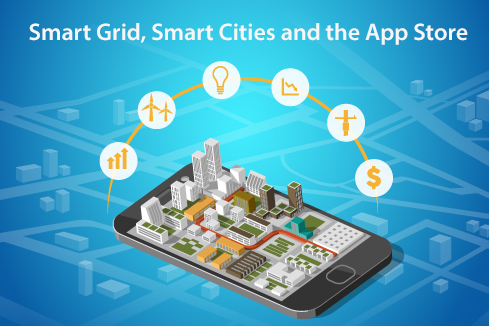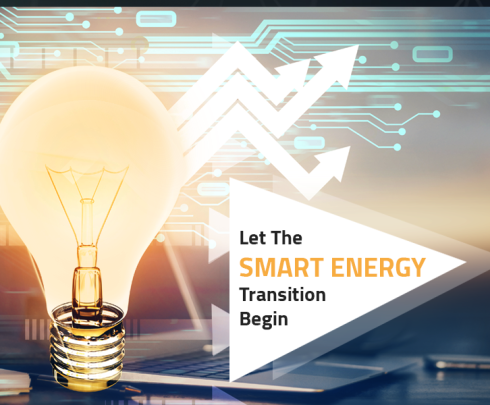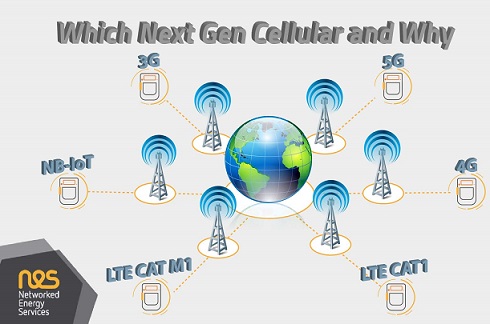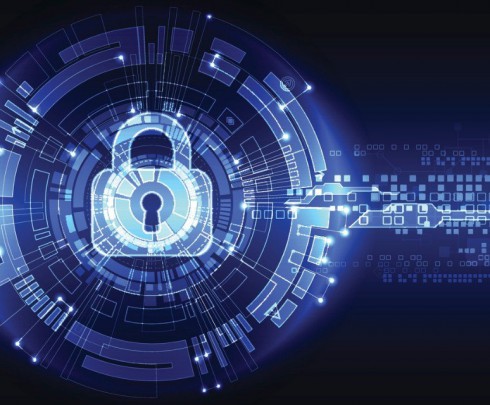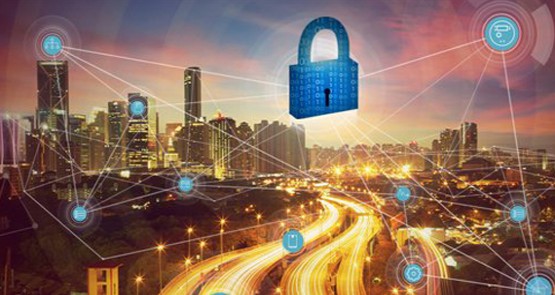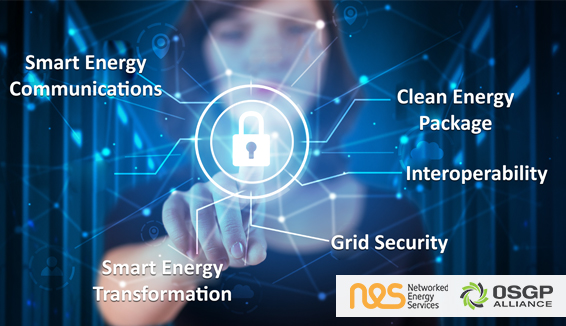
NES Implementation of OSGP
Oct 07, 2020The Open Smart Grid Protocol is a leading standard for communications within the smart grid. It provides features which are essential if a smart meter deployment is to enable a smart energy transition and to align to national green initiatives, such as the EU Clean Energy Package.
NES smart meters implement the full OSGP stack to achieve industry leading inter-operability, communications and security, making them ideal for any utility looking to future-proof their investment in their smart energy platform.
Why is interoperability so important?
Interoperability is the ability to deploy meters from various vendors into one smart grid and have them work together.
Simply allowing co-existence in the same grid is not enough. It is important that back-end systems accept the new vendor's meters seamlessly. It is critical that the back-end interoperability extends to and covers billing (the meter-to-cash process), operational functions and analytics functions.
Several current standards allow each vendor to implement their own interpretations within the framework of the standard - this means that whilst they claim interoperability, the back-end systems require considerable work to handle the vendor specific interpretations of the frameworks.
OSGP fully defines how the meters operate, how they share the valuable information from the grid and how they can be configured and controlled. This means that the wider back-end systems can accept meters from any new vendor providing OSGP certified meters.
In fact, there are examples of meter environments with 3 vendors contributing OSGP certified meters into a single set of back-end systems and operational process.
As well as reducing vendor “lock-in” and systems-integration-tax, DSOs greatly benefit from a unified "single-screen" for maintaining and operating their smart grid. This removes the challenges of "swivel-chair integration" and allows DSOs to improve efficiency of their smart grid and its agility to respond to regulatory, market and technology dynamics.
How do communications benefit smart energy transition?
There are many levels of "smartness" packed into smart meters by various vendors. To achieve the benefits of the wider smart energy transition, smart meters need to be truly smart. By which we mean they need to monitor energy flow and quality, allow remote control, allow remote upgradability through configuration and firmware changes, and be managed through an ITIL-aligned set of operational processes.
Reliable communications are a critical component - there is no point in having smarts if you can't communicate - as in smart meters, just as it is in humans. While DSOs need to focus on energy reliability, operation efficiency and the integration of DER and EV, the massive investment into smart grid build-out will fail if communications in the low voltage segment is suboptimal.
How do DSOs justify investment in communications quality?
DSOs require proven outcomes to maintain investment in the truly smart and connected smart meter grid. OSGP has assessed the additional annual per-meter costs that DSOs face for each percentage point degradation in communications performance. OSGP analysis shows a clear case on for focusing on communications performance that both technologists, business visionaries and accountants can understand.
Finally, the OSGP standard is supported on both PLC and over cellular. The efficiency built into the protocol from its inception has made the best use of these technologies for the advantage of the DSO. PLC, when available, is free. When cellular is required, the DSO can rely on the same communications efficiency. Both of these have the additional positive effect of reducing the costs in achieving the high-quality communications.
Security is important, what extra does OSGP do here?
OSGP embeds the latest security encryption technologies. Importantly, these encryption technologies are standard - meaning that they are regularly tested in hostile environments and regularly improved to account for new threats.
Other features of the protocol provide a wide range of security related signals coming off the smart meters. Think of them as the "trip-wires" around and within the smart meter and smart grid that the cyber-criminal needs to get past, without setting an alarm. These cover the basics, like access control through the interfaces on the meters, but also cover more sophisticated attacks, such as spoofing messages or re-use of stolen software keys.
History tells us again and again that protection is just one aspect of cyber-security, and so security design needs to assume that the protection is, somehow, circumvented. OSGP deploys "trip-wires" within the meter itself which recognise the kinds of actions a cyber-criminal would undertake during reconnaissance, to exploit a success to hide or disguise their presence.
Why does OSGP focus on enabling credible threat detection?
Think of it like your home.
Think first about your windows, doors and locks. Here OSGP provides best in class protection.
Now think about the security surrounding your home - your neighbourhood watch, your outside security lighting, your sensitivity to the strange car that has driven past your house slowly for the 3rd time in 10 minutes. OSGP embeds the sensors that monitor the surrounding context and assess the threat and your vulnerability to it.
Now think about what happens when a thief gets in - your burglar alarm kicks in. But, what if it could also take a photo of the attacker and collect the evidence of their attack? OSGP enables the sensors to monitor the inside of your smart grid, look for indicators of successful penetration pattern, and record history and logs the evidence.
Furthermore, OSGP is providing essential in-depth protection, detection and response tools for DSOs, allowing them to go on the offensive against the attacker with a credible deterrent. And that is exactly where the DSOs IT security chiefs want to be.
And future-proofing?
The smart meters are deployed for at least one and sometimes two decades. A lot can happen in that time.
Driven by the requirements of Clean Energy Package, DSOs will want the smart meter grid to remotely change tariff plans, change the function/feature configuration of the meter, and definitely have the latest security and feature release patch. They will treat the meter as a remote sensor to ensure consumer’s experience of energy supply and involvement into demand-response solutions. It may even be possible to allow the meter to become autonomous, possibly with embedded AI to make local decisions.
NES smart meters can do all those things, sure.
But, this is all dependent on the ability to reliably and securely push required technology updates into the meter. We are not simply talking about maintaining a few thousand devices in a high-performance network – as you would find in managing a corporate IT network. We are talking about maintaining hundreds of thousands of devices right at the edge of a grid, where communications quality and security are typically a challenge.
This is a lot of technological know-how but is it all interoperable? Utilities use multi-vendor sourcing to protect themselves from a long-term dependence on any one meter vendor. Providing seamless interoperability all the through to the back-end systems and operational processes is a foundational de-risking measure for the utility.
This is where the capabilities of the OSGP and its implementation in NES meters enable a smart energy transition to meet initiatives such as the EU Clean Energy Package.
